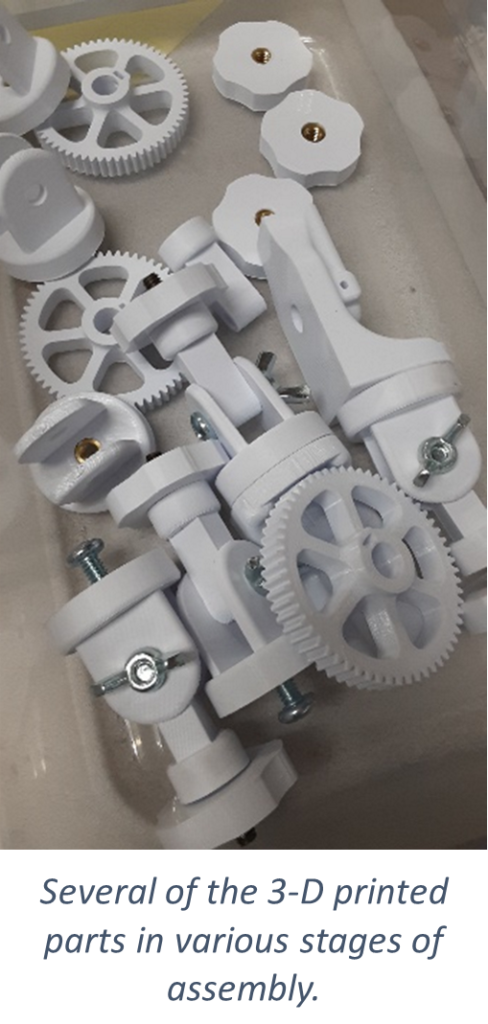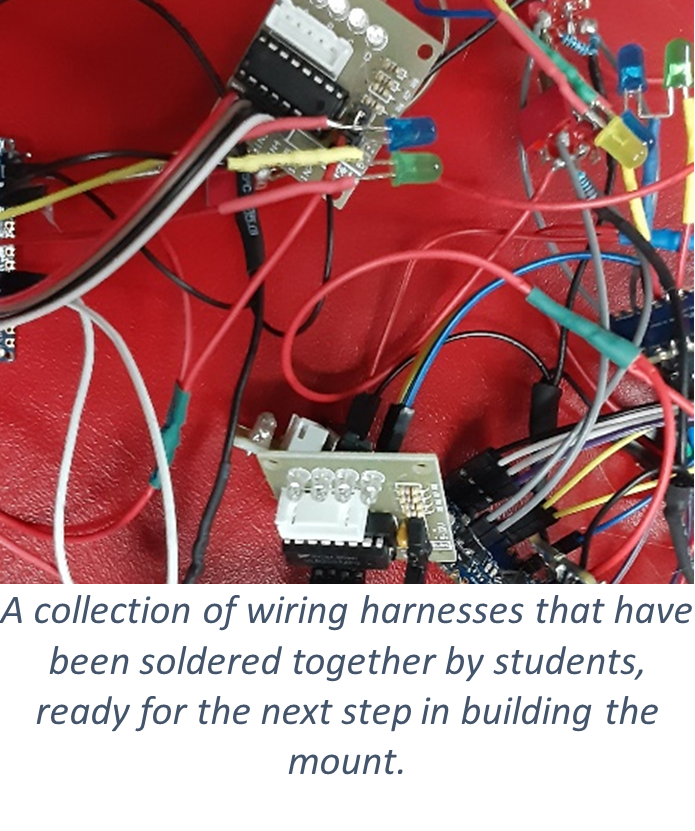Written by Hannah Hellman
Photo credit: David Rogers / Solar Eclipse, Richmond / CC BY-SA 2.0
On June 19th, 1927, Virginia Woolf traveled more than 219 miles, from London to North Yorkshire, to see a total solar eclipse. In her essay, “The Sun and the Fish,” written in 1928 (one year after her experience), she refers to this eclipse as, simply, “the dawn.” In that essay she marvels at the sense of unity and purpose that she shared with everyone else who traveled through the night on trains scheduled specifically for this celestial event:
Never was there a stranger purpose than that which brought us together that June night in Euston Railway Station. We were come to see the dawn. Trains like ours were starting all over England at the very moment to see the dawn. All noses were pointing north…There was no sleep, no fixity in England that night. All were on the roads; all were traveling north. All were thinking of the dawn.
This total solar eclipse was the first in 200 years to be visible in Britain, and as Woolf notes in her diary entry dated June 30th, 1927, it would be the last until 1999. She writes of the anxiety present in herself and observable in everyone around her, moving between staring at the sky and looking for any sign of change and staring at each other, anticipation building. Thoughts crossed her mind then just as they would for anyone experiencing a total solar eclipse today: would the clouds break? Did she remember to bring her smoked glass so that she could safely look at the sun before and after totality? Would they be able to see stars during totality?
Paired skillfully with her descriptions of the beauty and wonder of the scene before her, as the moon began to move in front of the sun and create that beautiful crescent shape, Woolf describes the ancient feelings the eclipse summoned from within:
I thought how we were like very old people, in the birth of the world—druids on Stonehenge: (this idea came more vividly in the first pale light though;) At the back of us were great blue spaces in the clouds. These were still blue. But now the colour was going out. The clouds were turning pale; a reddish black colour. Down in the valley it was an extraordinary scrumble of red & black; there was the one light burning; all was cloud down there, & very beautiful, so delicately tinted. Nothing could be seen through the cloud. The 24 seconds were passing.
And so, totality had begun. On totality, and the darkness, Woolf writes: “How can I express the darkness? It was a sudden plunge, when one did not expect it: being at the mercy of the sky: our own nobility: the druids; Stonehenge.” This was the moment of death. In the diary she later revisits and describes this sense of death, leading to a rebirth:
In her essay, “The Sun and the Fish,” Woolf discusses memory, and the effect of emotions on how well memory seems to work. She suggests that “[A] sight will only survive in the queer pool in which we deposit our memories if it has the good luck to ally itself with some other emotion by which it is preserved. Sights marry, incongruously, morganatically… and so keep each other alive.” It is an equivalent exchange, and one that is mutually beneficial for both emotion and memory.
To experience a total solar eclipse is to experience wonder itself, and it is an experience that will stay with you for a very long time.
Woolf, V. (1950). The Sun and the Fish. In The captain’s death bed: And other essays. essay, The Hogarth Press.
Woolf, V., Grindea, M., & Bell, A. O. (1982). The diary of Virginia Woolf: Volume iii: 1925-30. Penguin.



